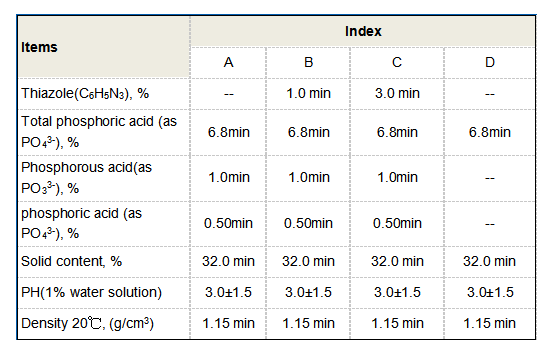coagulant flocculant
Coagulants and Flocculants An Integral Part of Water Treatment
Water is an essential resource for life, but its quality often requires improvement before it is safe for consumption or use. In many industrial and municipal water treatment processes, coagulants and flocculants play a crucial role in ensuring that water is sufficiently purified. Though they serve different purposes, both coagulants and flocculants are vital in the removal of suspended particles, colloids, and impurities from water.
Coagulation The First Step towards Purification
Coagulation is the initial step in the water treatment process, where the aim is to destabilize colloidal particles suspended in water. Colloids are small, charged particles that remain suspended due to their electrostatic repulsion. To reduce this repulsion, coagulants—typically chemical agents such as aluminum sulfate (alum), ferric chloride, or polyaluminum chloride—are added to the water.
These coagulants work by neutralizing the charges on the particles, allowing them to come together and form larger aggregates known as flocs. Coagulation is a critical process that sets the stage for successful flocculation and subsequent filtration. The efficiency of coagulation is influenced by several factors, including pH, temperature, and the concentration of impurities in the water.
Flocculation The Next Step in Clarification
Following coagulation, flocculation is the next step in the water treatment process. Flocculation involves gentle mixing of the water to promote the collision of flocs created during coagulation. Unlike rapid mixing used during coagulation, flocculation requires a slower, more deliberate approach to encourage the formation of larger, heavier flocs that can easily settle out of the water.
coagulant flocculant

Flocculants are often used in this phase to enhance the process. These are typically high-molecular-weight organic polymers, such as polyacrylamides, which aid in binding the smaller flocs together. The result is a much larger and more easily removable mass of particles, which eventually settles to the bottom of the treatment tank or is filtered out.
The Importance in Various Industries
The application of coagulants and flocculants spans various industries beyond municipal water treatment. They are employed in the food and beverage industry to clarify juices and wines, in the paper industry for pulp processing, and in mining for tailings management. Each application requires careful selection of the appropriate coagulant or flocculant to optimize results and reduce environmental impact.
Environmental Considerations
While coagulants and flocculants are essential for water treatment, their use raises certain environmental concerns. The discharge of residual chemicals from water treatment processes can lead to pollution if not managed properly. Therefore, it is crucial to ensure that proper treatment and disposal measures are in place to minimize environmental impact and comply with regulations.
Conclusion
Coagulants and flocculants serve as cornerstone technologies in water treatment, facilitating the removal of impurities and ensuring the delivery of clean water. Understanding the mechanisms and appropriate applications of these agents is crucial for optimizing water quality in various industries while adhering to environmental standards. As the demand for clean water continues to rise, innovations in coagulant and flocculant technologies will remain at the forefront of sustainable water treatment solutions.
-
The Power of Isothiazolinones in Modern ApplicationsNewsMay.08,2025
-
Flocculants in Water TreatmentNewsMay.08,2025
-
Flocculants and Chemical Solutions: What You Need to KnowNewsMay.08,2025
-
Flocculants and Chemical Solutions: A Growing IndustryNewsMay.08,2025
-
Essential Chemicals: Polymaleic Anhydride and MoreNewsMay.08,2025
-
Acrylic Polymers: Essential Solutions for IndustryNewsMay.08,2025





